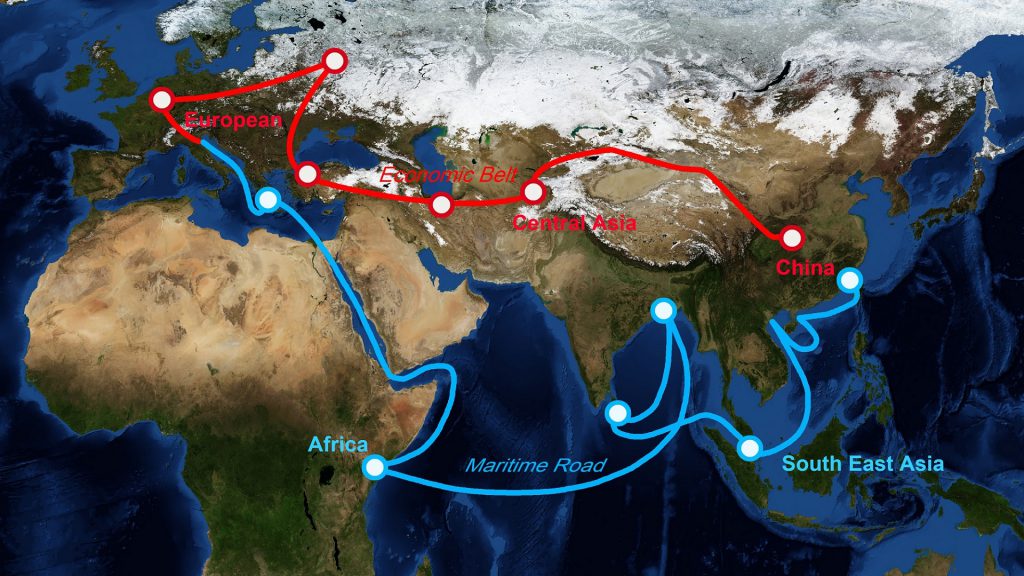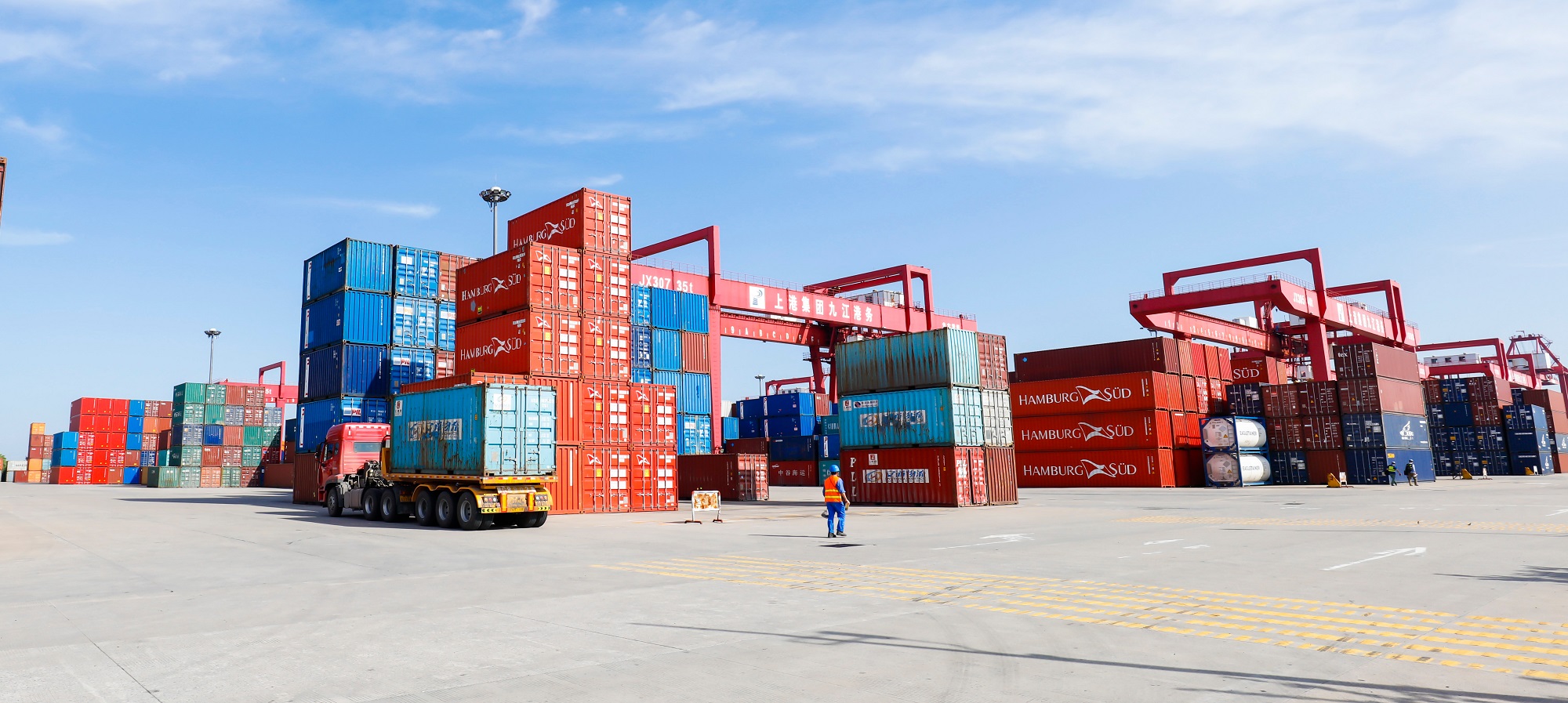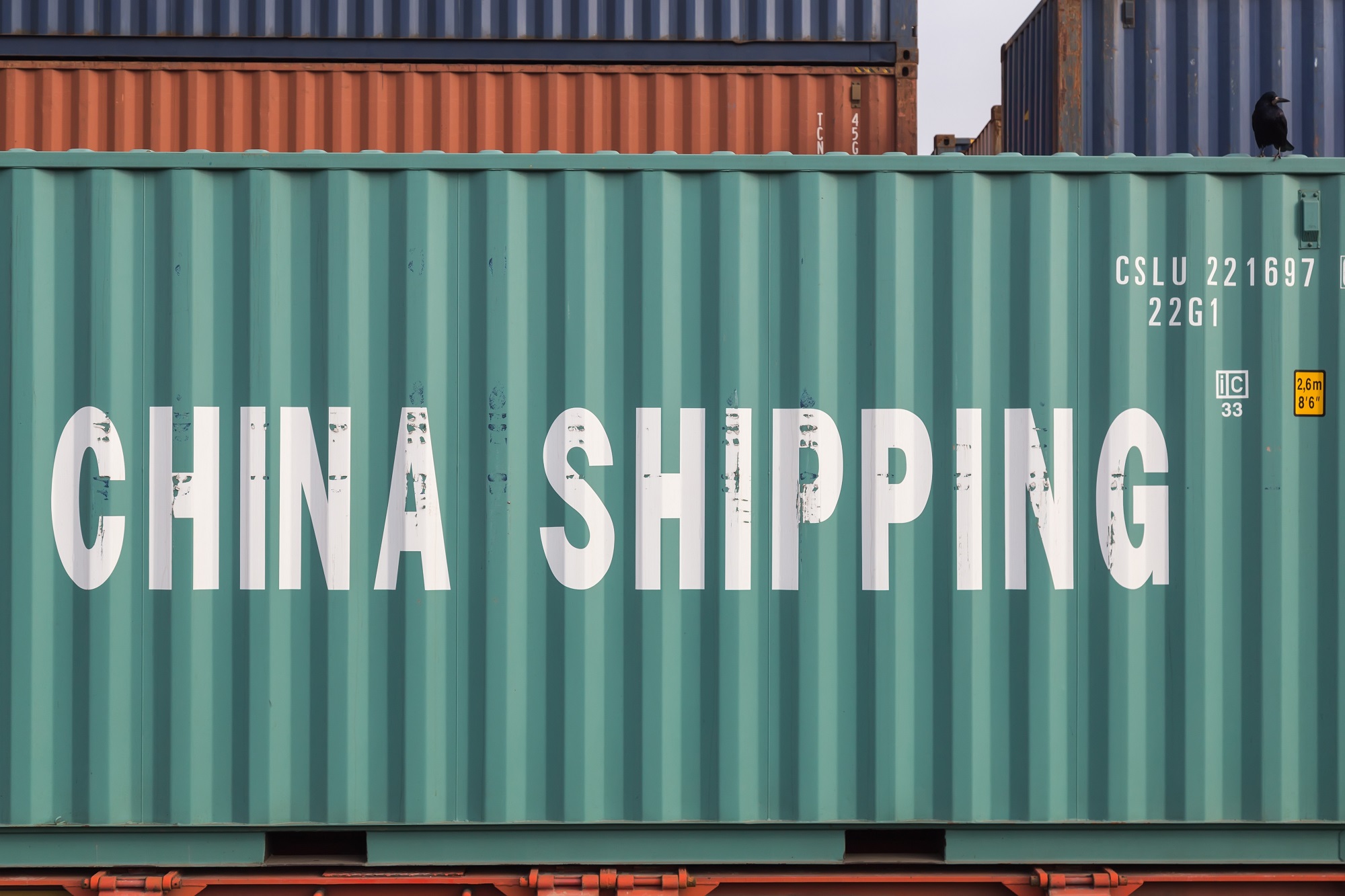China’s Belt and Road Initiative (BRI) offers once-in-a-lifetime opportunities

Announced in 2013 and dubbed the “21st-century silk road”, China’s “Belt and Road initiative” (BRI) is fuelling a vast array of global investment projects. Shipping, rail and road infrastructure and energy projects across Eurasia and Africa all sit under the BRI umbrella. This article looks at China’s Belt and Road phenomenon and the opportunities available to foreign businesses considering participation.
China’s BRI touches almost every sector imaginable
China plans to connect with its Asian, African and European trading partners using a “belt” of overland corridors and a maritime “road” of shipping lanes. In effect, BRI is an economic corridor spanning two-thirds of the world’s population and over 40% of global GDP (Source: HSBC).
Far beyond transport goals, BRI’s five aims are to: enhance policy coordination, improve regional connectivity, facilitate trade liberalisation and economic integration, facilitate financial integration and enhance cultural and scientific exchange (Source: WWF and HSBC). With no official state list of projects, BRI is ultimately used to describe much of China’s overseas activity today.
While the build phase will benefit construction firms, materials suppliers, equipment businesses, power, water and sanitation providers, many more sectors are involved. Telecommunications, trade, sustainability, financial lending and capital-raising, and consulting and professional services are all central to BRI’s success.
According to ICBC Standard Bank, since 2013 around $330 billion of transport and logistics projects have been announced, are underway or have been completed, and $266 billion of energy and utilities projects. These account for around two-thirds of total BRI investment. The remainder has gone to industry, real estate, technology, finance and tourism spend.

BRI presents both opportunities and challenges for foreign businesses
China maintains that the BRI is “open and inclusive” to foreign firms and follows the principles of “joint contribution and shared benefits”. However, access to regional knowledge, resources and decision makers often creates better opportunities for Chinese firms. Engaging with local authorities is simpler with a resident partner, and many small and medium-sized enterprises (SMEs) can fill subcontracting roles (Source: HSBC).
To date, foreign firms successfully participating in BRI projects tend to have a joint venture (JV) with a Chinese partner or are a subcontractor to Chinese firms. Malaysia’s Melaka Gateway project is an example with Malaysian KAJ Development sharing ownership with a Chinese consortium.
Big multinationals are enjoying success too. GE has partnerships with more than 30 Chinese engineering, procurement and construction (EPC) companies in BRI countries. Also, they’re working with China Machinery Industry Corp (Sinomach) to provide machinery, support and training for clean energy projects in Sub-Saharan Africa. Siemens has also teamed up with more than 100 Chinese EPC companies in over 60 overseas markets (Source: HSBC). Melchers Company from Germany has supplied products of its brand partners to Chinese firms realising BRI projects.
How open and inclusive are BRI projects? Foreign companies will undoubtedly be challenged by genuinely competitive Chinese engineering firms. Their size, state subsidies, political support willingness to finance at attractive rates, and readiness to fund projects mean foreign companies have to plan carefully before making strategic investment decisions. (Source: HSBC).
The Belt & Road initiative starts embracing international business practices
The money involved in completing China’s vision is enormous. Estimates range from $4 trillion to $8 trillion (Source: South China Morning Post). While China is spending most of that money today, Japan, the Asian Development Bank and many multilateral development banks (MDBs) are also contributing funds (Source: CSIS).
Given the scale under discussion, China will have to rely on financial partners in future. And in the MDB-funded projects, CSIS found the content changes significantly: 29% of contracts go to Chinese firms, 40.8% local companies and 30.2% foreign. Where foreign funds are involved, clearly the chance for local and international contractor involvement increases.
Legal protection, although under Chinese leadership, is also being made available. China has announced plans to set up courts in Shenzhen and Xi’an to resolve commercial disputes related to BRI. They are to follow international rules and shall be modelled on Dubai and Singapore’s international courts (Source: The Guardian). Yet, controversies remain such as for the Belgrade-Budapest high-speed rail link. Initial contracts were announced without opportunity for open bidding, in contravention with EU-mandated competitive procurement processes, but were later subsequently put out to tender. (Source: Chatham House, The Irish Times).

China’s BRI offers broad foreign and international business participation
Opportunities for foreign businesses to take part in BRI initiatives go far beyond construction and engineering.
Legal, accounting, regulatory, public relations, security and cultural understanding are essential to delivering projects successfully (Source: Chatham House, HSBC). Consulting in all these sectors, in every country BRI touches, offers national and international opportunities for participation.
- Belt and Road technology projects will open new trade doors
Technology is vital to the success of many BRI projects, for project delivery, operation and from a sustainability perspective. And communications technology – satellite and mobile networks, and fibre-optic projects – are a focus across BRI countries and have seen massive investment from Chinese state and private companies (Source: HSBC).
China and the EU are pressing ahead with the 5G-Drive project for example, to research and create compatibility between their respective 5G networks (Source: South China Morning Post).
Greater digital connectivity with China opens the door wider both for export and e-commerce into China In recent years, many well-known retailers and economic promotion bureaus of several countries have signed deals with China’s e-commerce giant Alibaba, including the US, Australia, New Zealand and the UK for opening the online shops on Tmall international platform. (Source: Technode).
With new infrastructure and smoother trade links creating shorter lead times between China and the world, substantial trade opportunities open.
- Financing and financial structuring skills will be in high demand
Financing is an enormous opportunity for foreign businesses. Private sector banks and governments can lend to private companies investing in BRI, and investors can join MDBs. Other ways of taking part include M&A with Chinese firms investing in BRI projects and local investment in infrastructure such that BRI can make use of the facilities (Source: ICBC Standard Bank). Matching investment with viable projects also needs expertise (Source: Atkins). Country risk analysis, project risk identification, quantification and mitigation and the structuring of financing
all offer consulting opportunities.
- Sustainability is essential to BRI

China has released green guidelines for BRI projects, and the Chinese president Xi Jinping has described a “green, healthy, intelligent and peaceful” Silk Road. Industrial, infrastructure, energy, water and sanitation sustainability all offer the chance for international collaboration (Source: WWF).
And this will be a genuine challenge as many future investors need to see sustainability commitments to meet their own lending guidelines (Source: HSBC).
- BRI will see people and knowledge moving more freely
A pillar of BRI is scientific and cultural exchange. This will likely include swaps of academic expertise, educational programmes, training for highly-specialised technical roles, vocational training and entrepreneurial workshops for the countries and communities involved in BRI projects (Source: The UN Industrial Development Organisation).
And, finally, tourism is enjoying a boost with the new ports, rail hubs and airports BRI will deliver (Source: Silk Road Briefing). The potential for new resorts, hotels and real estate along BRI’s corridors is vast.
How Melchers can support foreign businesses in China’s Belt and Road initiative
BRI offers extraordinary opportunities for foreign and international companies. Partnering with Chinese companies, both in China and overseas, could allow many small and medium-sized businesses access to this once-in-a-lifetime plan.
Project profiling, gaining access to decision makers, brand protection and promotion activities are only some of the aspects which need to be considered. Especially for small and medium-sized enterprises the costs and challenges of doing business in China can easily be overwhelming. Choosing the right partner to be successful in BRI will be paramount.
To learn more, please contact us at marketing@bj.melchers.com.cn.


